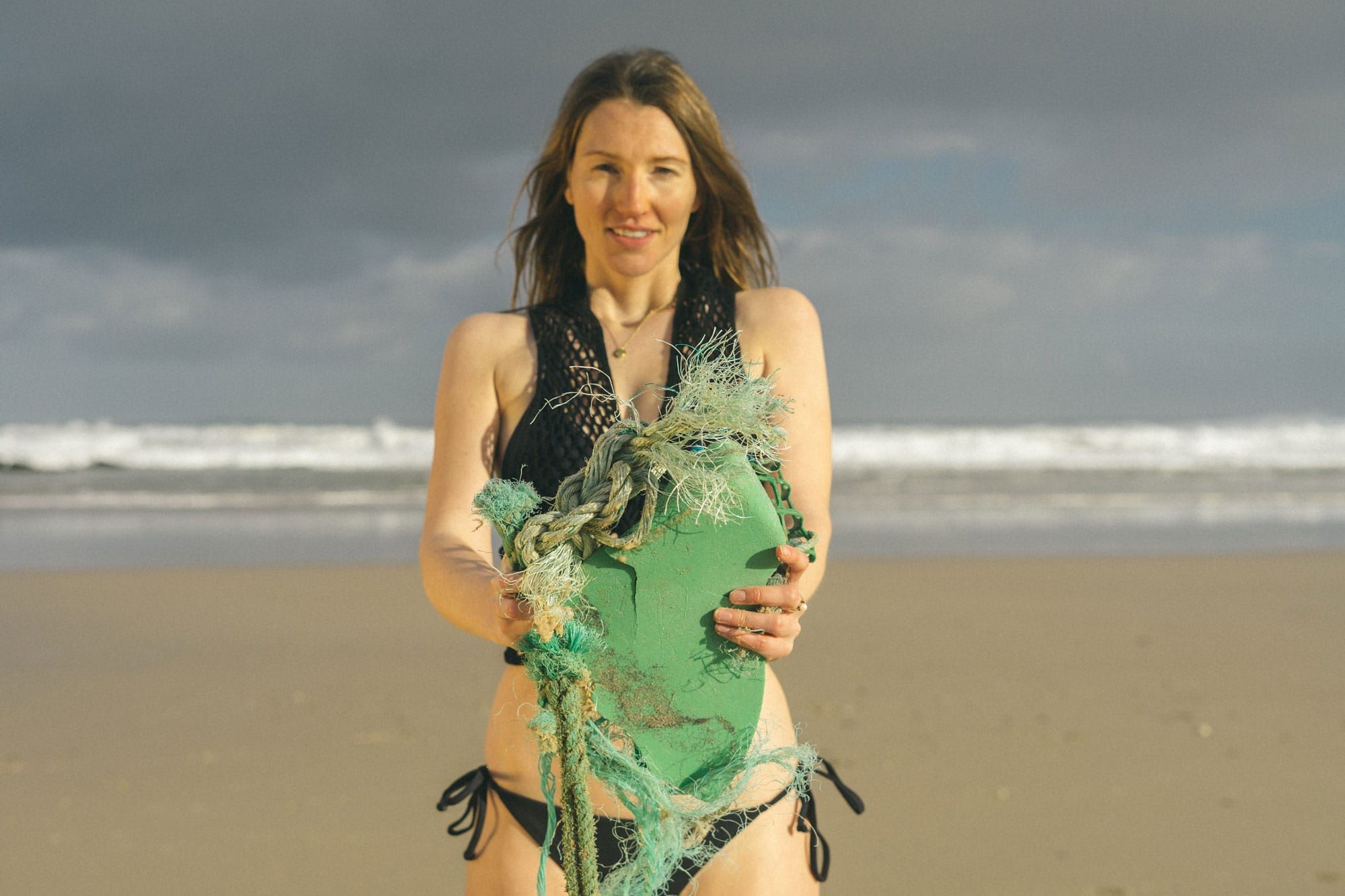
What Makes a Fashion Product Sustainable
Over the last few years, the topic of sustainability has been constantly thrown into the spotlight. While there are people who consider the eco-friendly movement as nothing more than a fad, its emergence is certainly a good thing– because we need more people who care about the environment and those socially aware people are bound to make more responsible choices.
According to data, more than half of consumers say that environmental concerns and the sustainability of a product or service affect their purchases. In fact, young people, in particular, are keener to support brands that believe in the causes that they believe in. 55% of millennials and 58% of Gen Z’s are willing to pay more for ethically made products. With this information alone, we know that the future isn’t so bleak after all.
With this change in consumer behaviors, retailers are trying to catch up. Most businesses are pivoting their operations to accommodate this exciting shift– lately, you see products that are labelled with sustainability buzzwords such as “ethical” or “eco-friendly”. At the end of the day, however, there is a question of what makes a product truly sustainable.
At its core, a sustainable product provides environmental, social, and economic benefits at every point in their life cycle. In order to truly understand the scope of sustainable products, it is best to flesh it out and give an example.
Source of Raw Materials
A product is considered sustainable from the moment raw materials are sourced. For one, the scale in which these resources are harvested or procured should be managed and protected from completely running out. Likewise, the people who do hard labor in order to make raw materials viable for production should be paid a fair wage and treated compassionately.
Let’s take ethically made clothing for example. A brand that is sustainable sources their raw materials, in this case, cloth and other sewing tools, from companies that treat their workers fairly and produce an insignificant amount of carbon footprint.
Production and Logistics Factors
The manner in which a product is manufactured and shipped also contributes to its level of sustainability. This includes the amount of carbon footprint produced during production, the energy consumed throughout the process, the cost of delivery, and the waste that is left following production.
Using the same ethically produced clothing example, a sustainable garment is produced in a factory that doesn’t emit noxious materials and doesn’t produce plenty of waste during the entire process. If possible, the garment is crafted locally to further reduce the impact that is a result of shipping from overseas.
Social Factors
Sustainable products are made without exposing workers to harmful chemicals. Similar to workers who process the raw materials, the people who create the products themselves should be treated fairly and given a liveable salary.
Again, buying ethically made clothing means supporting brands that take care of their employees’ well-being. The products that are created are made without the use of child labor or unfair factory conditions.
It may seem like this is a pretty doable checklist when choosing your sustainable clothing, however, it’s easier said than done. We, after all, live in a day and age wherein consumerism can consume. However, choosing brands that try their best to be as sustainable and ethical as possible sends an important message – that people care about where their things come from. It is the start of the change we all want to see.















